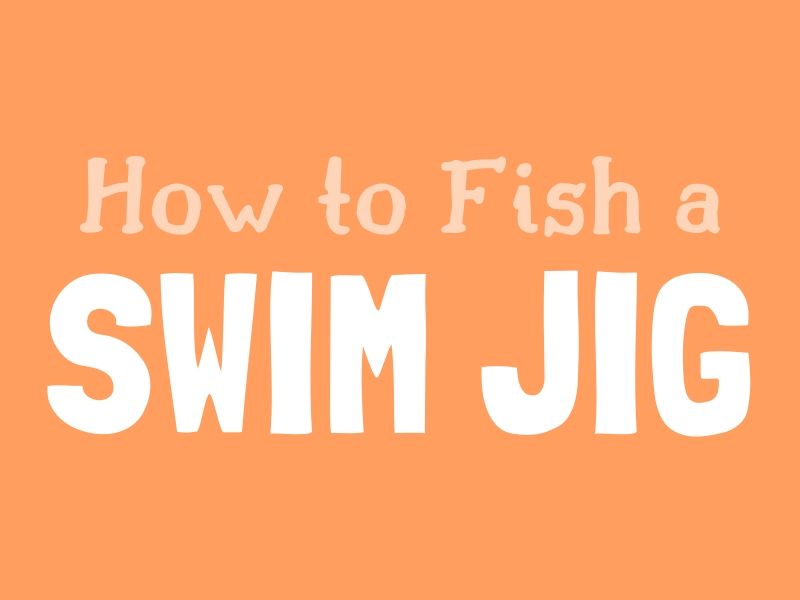Swim jigs can be a powerful tool for catching bass and other species. They are used by professional anglers every day but haven’t found their way into widespread use yet. You definitely want to try fishing a swim jig on your next bass outing. Here we will teach you all about how to set up and use swim jigs to catch more fish.
What is a Swim Jig?
A swim jig is a basic fishing jig that has a weighted hook, skirt, and trailer. It can be fished in any season and in a variety of situations. They are productive in deep water, shallow water, and weedy or rocky areas. Swim jigs truly shine though when you are fishing through cover.
How to Use a Swim Jig
Swim jigs work well when covering a lot of area and fishing through cover. When fishing a swim jig it’s important to make long casts. Always cast past your target and bring the swim jig through your target area.
After you make a long cast, keep your rod aimed at about the 2 o’clock position and bring your jig through the target area.
As you swim your jig through the target area, always keep in contact with cover. Whether you’re fishing through pads, woods, trees or other cover, keep the jig in contact. A properly set up swim jig is weedless so you don’t have to worry about snags.
You will begin to notice as your jig makes contact with cover it may change directions. It’s this little switch in directions that can often trigger the strikes, so don’t be alarmed if you notice this.
Swim Jig Tips
Rod Pumping
One technique many anglers use when working a swim jig through the water is to pump their rod tip in rhythm to keep the jig pulsing. This can make the jig appear to be walking across the water and can often help you get bites.
Speed Retrieve
Swim jigs are great for covering a lot of area. Try keeping your rod in a 10 o’clock position and using a speed retrieve to cover a lot of ground. Just make sure your gear can handle working at a high speed.
Experiment with Retrieves
Don’t be afraid to experiment with retrieves. Depending on the conditions in the water, the fish may respond better or worse to one technique over another. You might want to try a slow and steady retrieve first and then experiment with faster retrieves or try rod pumping to see what kind of action will entice the fish to bite.
Related Posts:
How to Fish a Buzzbait
Fishing a Swimbait
Best Swim Jigs
